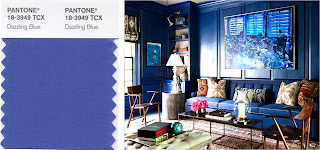Keeping the tradition of American craftsmanship alive, Brian Preston founded Lamon Luther in 2009. It specializes in producing handcrafted, high-end home furnishings and accessories such as one-of-a-kind dining tables and cutting boards. The company is dedicated to supporting its craftsmen and helping them sustain a better life. The carpenters use their talented wood-working skills to design beautiful furniture made from reclaimed wood. And, behind each piece there’s a story to be heard.
Lamon Luther first started recruiting builders and craftsmen who had found themselves homeless and living in a forest near Douglasville, Ga. due to the financial crisis in 2007. As the company evolved, it was able to hire more craftsmen who had fallen on hard times. They currently feature eight artisans who specialize in anything from crafting with their hands to welders.
For more about Lamon Luther and the company’s amazing efforts to help those in need, please watch the video below.



































